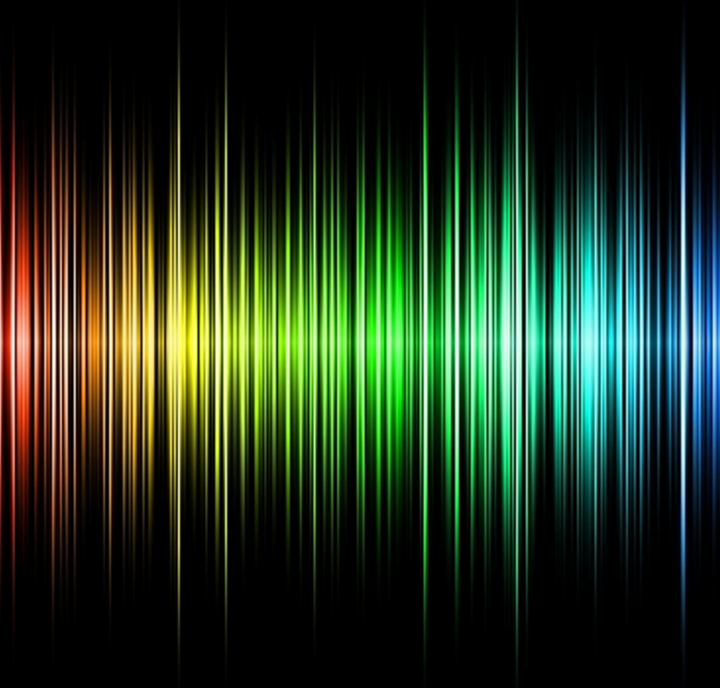
An infrared light wave will activate the red receptor weakly, and it will look to us like dark red. If a receptor is only slightly sensitive to some frequency, it will only activate weakly. For example, a red wavelength like 650nm will activate the red receptor (L) a lot, the green receptor (M) a little, and the blue receptor (S) not at all. I plotted the data I downloaded from here it seems to match the chart on wikipedia :Īny light coming in at a wavelength detected by one of the sensors will activate that receptor. The three curves are called luminosity curves. This is the wavelength response for the three types of cones. The rest of this page is my notes and experiments. However, I wasn’t able to come to any good conclusions. On the rest of this page I wanted to explore an additional question: even with four primary colors, why do we still have more color names in the red-green range than in the green-blue or blue-red ranges? My hypothesis is that it’s because the red and green cones in the eye overlap in their response curves, and that allows much more color sensitivity. The more you dig into this topic, the messier it gets. Not only are cultural and environmental reasons for emphasizing certain colors, evolved biology is rather messy and doesn’t quite line up with the simple four color view of the world. Of course the reality is that biology is far, far messier than this. Isn’t this amazing? We’ve been taught there are three primary colors, and there are, from a certain point of view, but our brain actually sees four primary colors! Here’s a color wheel closer to what we actually see: It explains why you can mix two adjacent colors (red + yellow = orange, yellow + green = lime, green + blue = cyan, blue + red = purple) but you can’t mix opposite colors (red + green = ?, blue + yellow = ?). There are cells in the eye that combine the raw red+green+blue signals into red+green+yellow+blue sent to the brain! This is called opponent process theory. The short answer is that yellow is a primary color too.

The commonly used colors are unevenly distributed around the R-G-B color wheel. It’s not just English - across many languages, red, yellow, green, blue are the first four colors. Artist colors are unevenly distributed too. Of these, there are three colors in the red-green range, and none in the green-blue range. Look at the distribution of the original 8 Crayola colors : red, yellow, brown, orange, green, blue, violet, black.

This gives us the classic color wheel implemented in software:īut ask any kid - there are four primary colors: red, yellow, green, blue. The eyes has “red”, “green”, and “blue” cones, and our screens and cameras have red, green, and blue as well.


 0 kommentar(er)
0 kommentar(er)
